Firebush Fertilizer Guide: How Much Fertilizer Does A Firebush Need
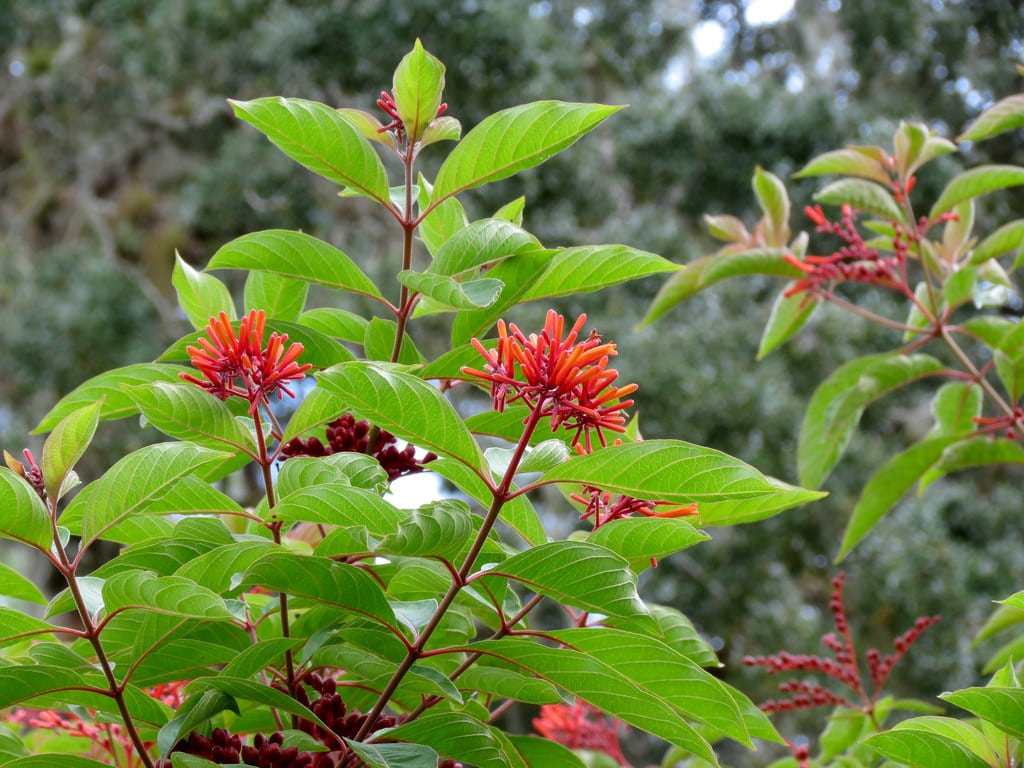

Also known as hummingbird bush or scarlet bush, firebush is an attractive, fast-growing shrub, appreciated for its attractive foliage and abundant, bright orange-red blooms. Native to the warm climates of the Mexico, Central and South America, and Florida, firebush is suitable for growing in USDA plant hardiness zones 9 through 11, but you can grow the plant as a shrubby annual if you live in cooler climates. Firebush is easy to grow, requires very little maintenance, and tends to be relatively drought-tolerant once established. How much fertilizer does a firebush need? The answer is very little. Read on to learn three options for feeding firebush.
Fertilizing a Firebush
Need to know when to fertilize a firebush? If your firebush is healthy and doing well, it can live happily without fertilizer. If you think your plant could use a little nutrition, you can feed it a couple of times every year in early spring and again in early summer. If your plant is in need of fertilizing, then you have a few options on how to accomplish this. The first option is to choose a good granular type firebush fertilizer with a ratio such as 3-1-2 or 12-4-8. Alternatively, you can choose to keep things simple by feeding a firebush in spring using a good quality, slow-release fertilizer. As a third choice, firebush fertilizer can simply consist of a handful of bone meal applied in spring. Sprinkle the bone meal on the soil around the bush, at least 3 or 4 inches (7.5-10 cm.) from the trunk. Bone meal, rich in phosphorus and calcium, will support healthy blooming. Water the bone meal into the soil. Regardless of the option you choose, be sure to water thoroughly immediately after feeding a firebush. A deep watering ensures the fertilizer reaches the roots evenly and also prevents the substance from scorching the plant.
Gardening tips, videos, info and more delivered right to your inbox!
Sign up for the Gardening Know How newsletter today and receive a free copy of our e-book "How to Grow Delicious Tomatoes".

A Credentialed Garden Writer, Mary H. Dyer was with Gardening Know How in the very beginning, publishing articles as early as 2007.
-
 5 Tough Urban Trees That Thrive In Cities – Top Picks For Urban & Suburban Landscapes
5 Tough Urban Trees That Thrive In Cities – Top Picks For Urban & Suburban LandscapesExplore the best urban trees that will add value to even the most challenging of landscapes. Get growing with these ideas and enjoy all the benefits of trees.
By Teo Spengler
-
 7 New & Improved Cultivars Of Old-Fashioned Plants – These Aren’t Your Grandma’s Plants!
7 New & Improved Cultivars Of Old-Fashioned Plants – These Aren’t Your Grandma’s Plants!Old is new again! These old-fashioned plants have new cultivars that are sure to thrive in your garden and bring the charm factor. Neighbors will be envious!
By Mary Ellen Ellis
-
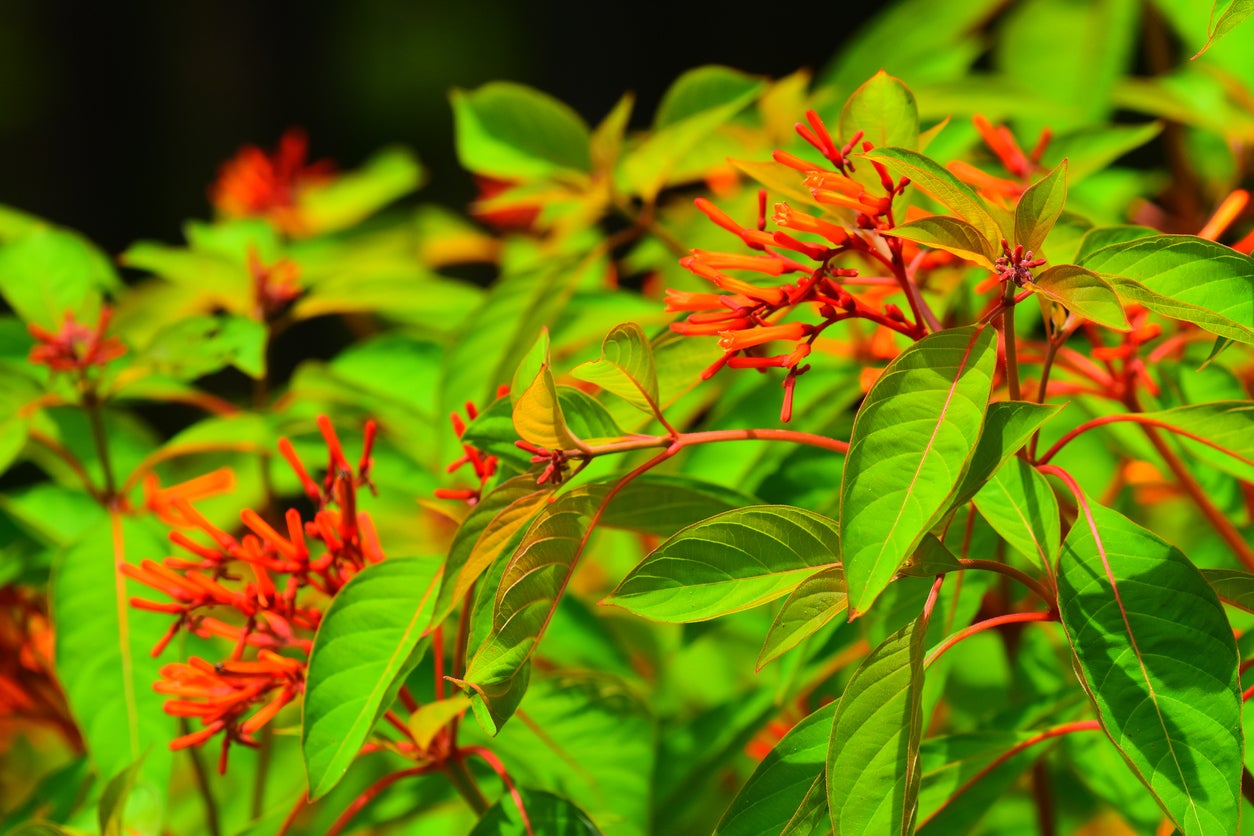 Firebush Winter Care Guide – Can You Grow A Firebush In Winter
Firebush Winter Care Guide – Can You Grow A Firebush In WinterKnown for its bright red flowers and extreme heat tolerance, firebush is a popular blooming perennial. But as with many plants that thrive on heat, the question of cold quickly arises. Learn more about firebush cold tolerance and firebush winter care here.
By Liz Baessler
-
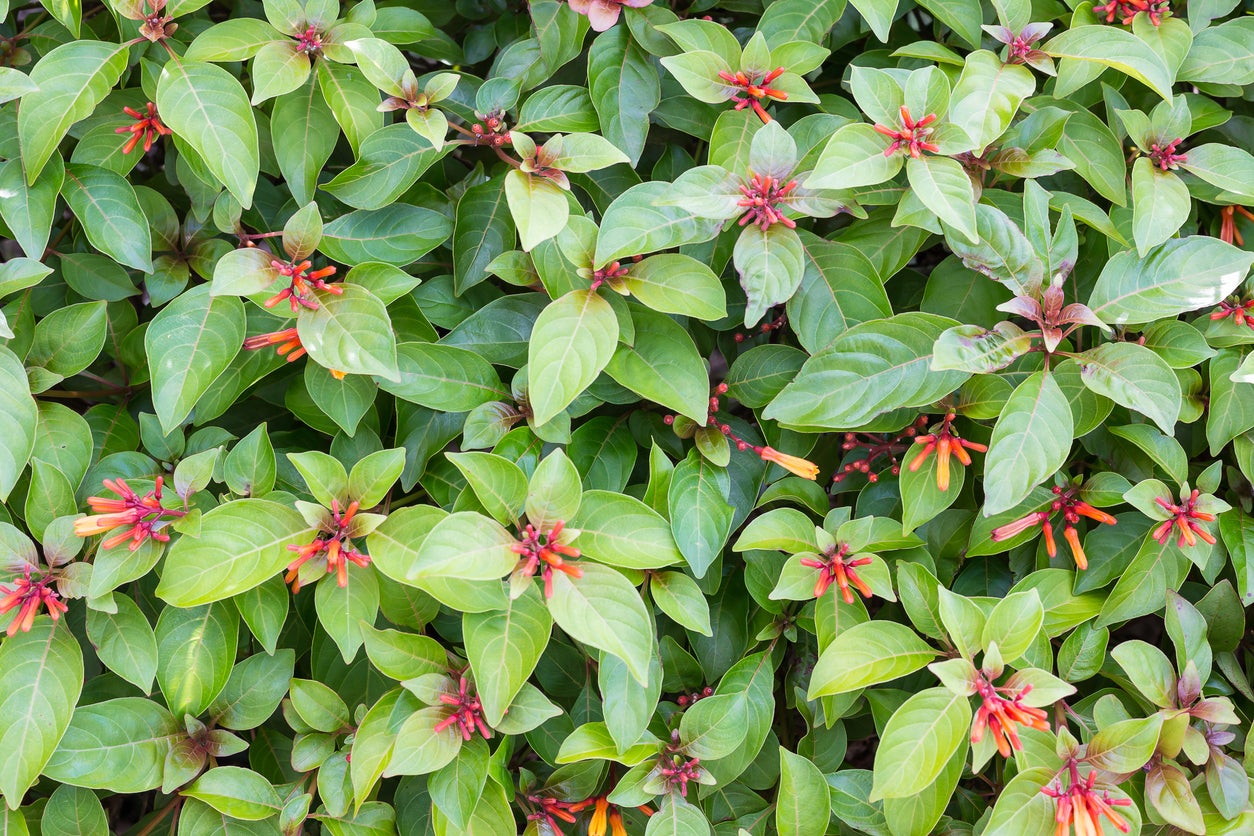 Can You Grow A Firebush Hedge: Firebush Boundary Plant Guide
Can You Grow A Firebush Hedge: Firebush Boundary Plant GuideKnown for its dazzlingly red flowers and ability to sustain high temperatures, firebush is also known for being able to take a serious pruning. These qualities combine to make it a great choice for a natural hedge. Learn more about growing firebush hedge plants here.
By Liz Baessler
-
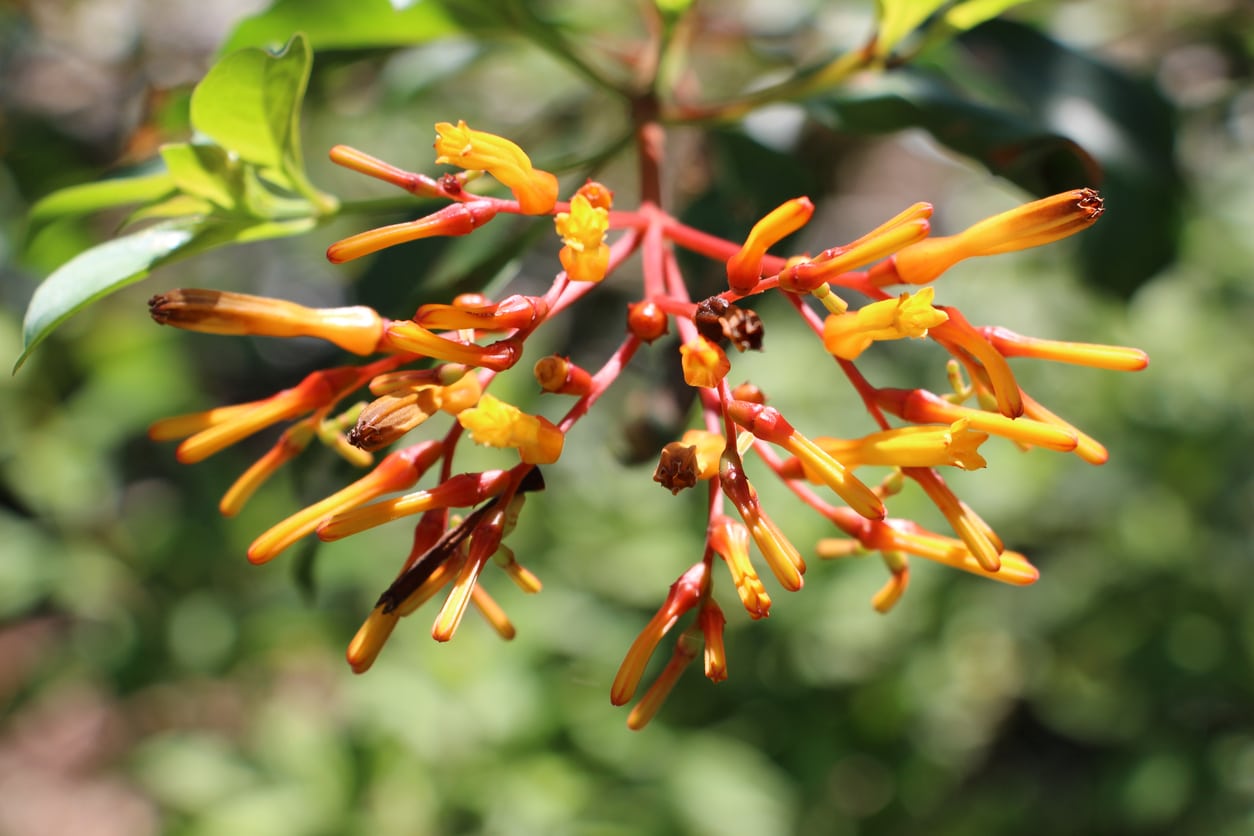 Popular Types Of Firebush – Learn About Different Kinds Of Firebush Plant
Popular Types Of Firebush – Learn About Different Kinds Of Firebush PlantFirebush is the name given to a series of plants that bloom profusely with bright red, tubular flowers. But what exactly constitutes a firebush, and how many varieties are there? Learn about different firebush cultivars and species in this article.
By Liz Baessler
-
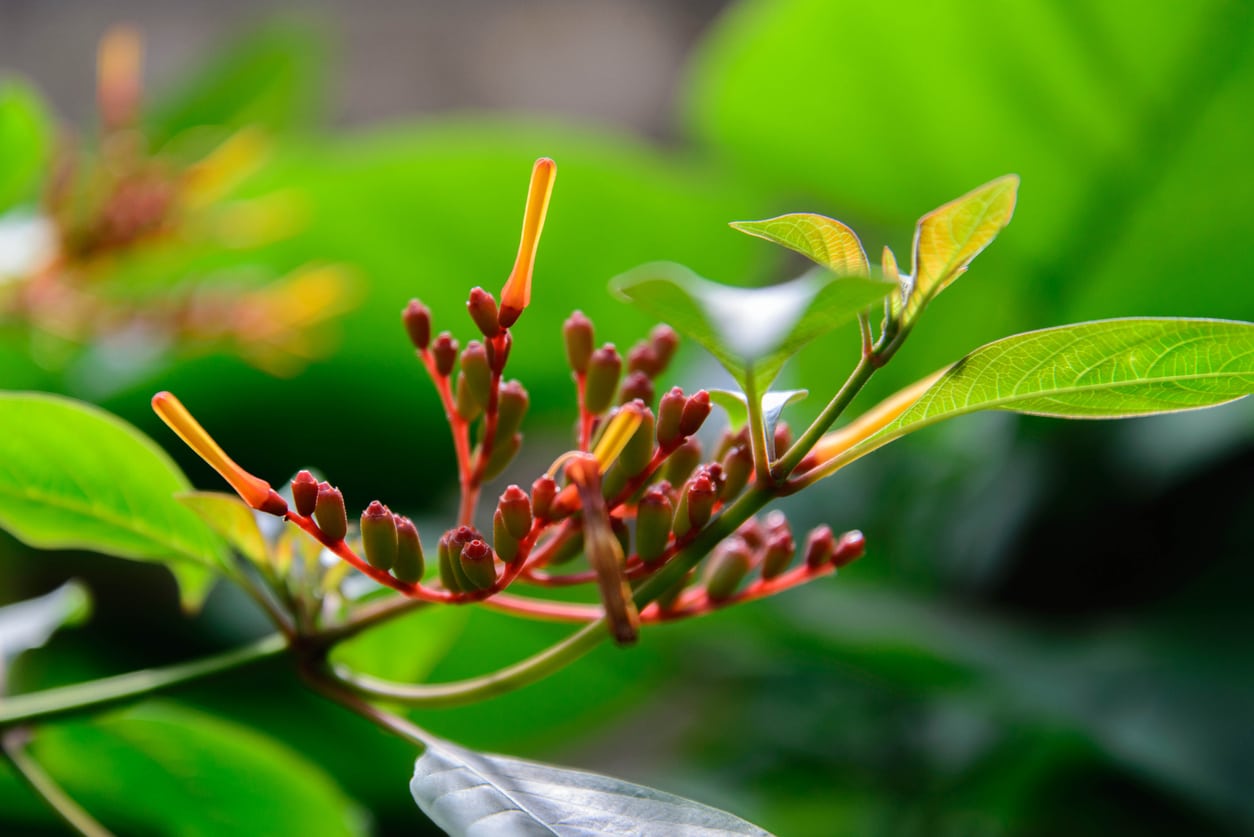 Uses For Firebush Plants: What Is Firebush Good For
Uses For Firebush Plants: What Is Firebush Good ForFirebush earns its name two ways - one for its blazing red foliage and flowers, and one for its ability to thrive in the extreme summer heat. The versatile plant has several uses, both in and beyond the garden. Learn more about using firebush shrubs in this article.
By Liz Baessler
-
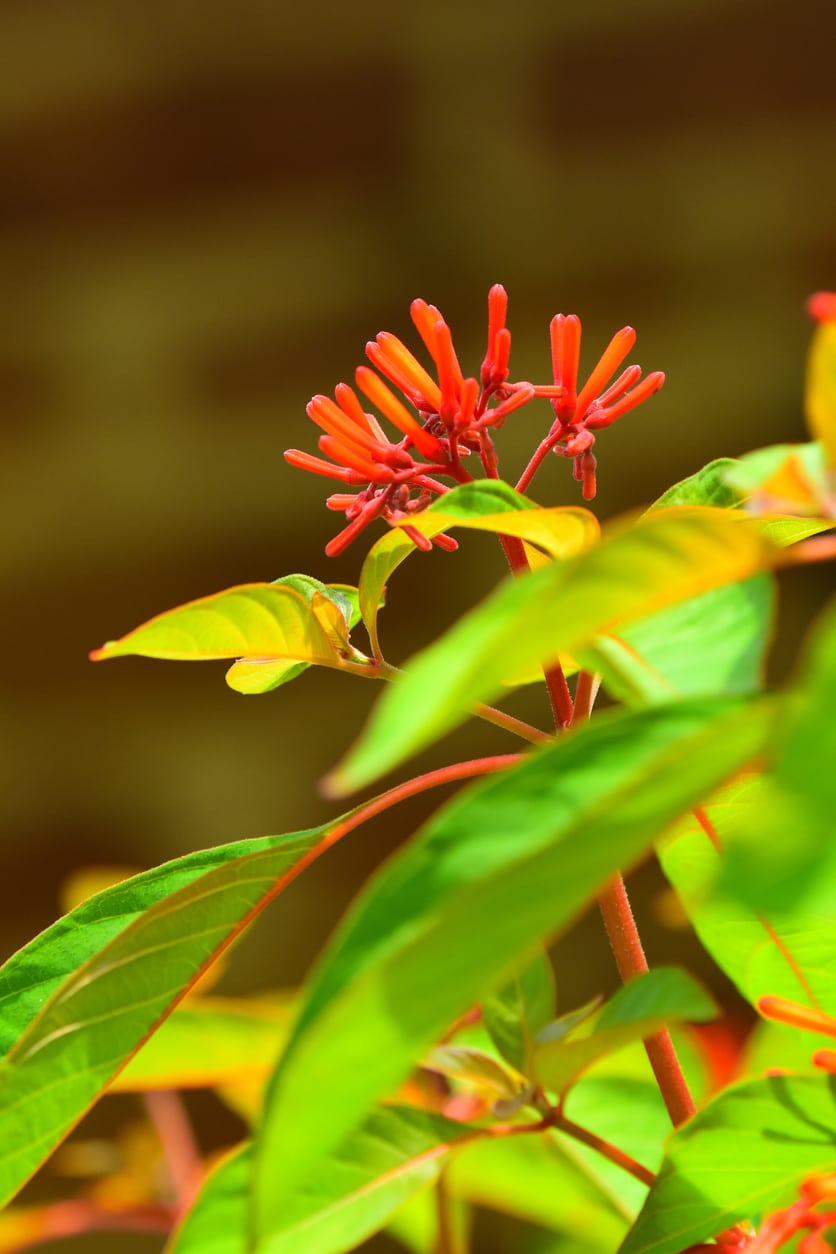 Firebush Container Care: Can You Grow Firebush In A Pot
Firebush Container Care: Can You Grow Firebush In A PotA lover of hot weather, firebush is native to tropical regions. In cooler, non-tropical locations, firebush can be grown as an annual or container plant. Click here to learn some care tips for potted firebush plants and see if this plant is for you.
By Darcy Larum
-
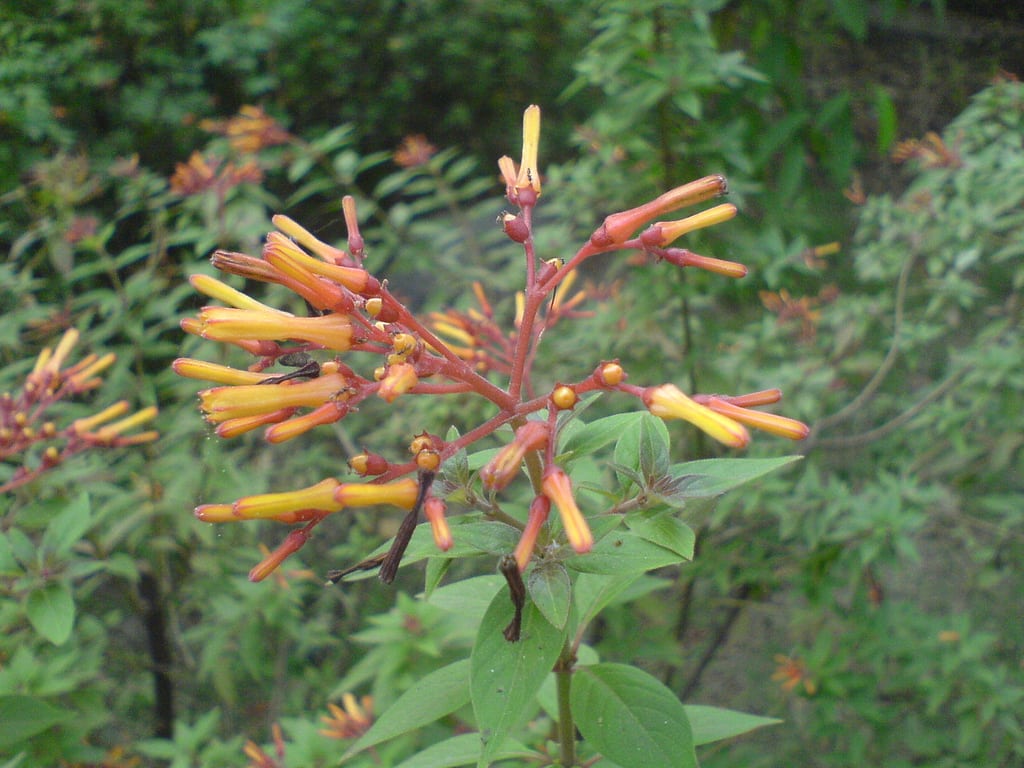 Firebush Seed Sowing: When To Plant Firebush Seeds
Firebush Seed Sowing: When To Plant Firebush SeedsIf you are wondering about growing beautiful and easy-care firebush, then click this article for information on firebush seed propagation. We’ll offer tips on growing firebush from seeds including when and how to plant firebush seeds.
By Teo Spengler
-
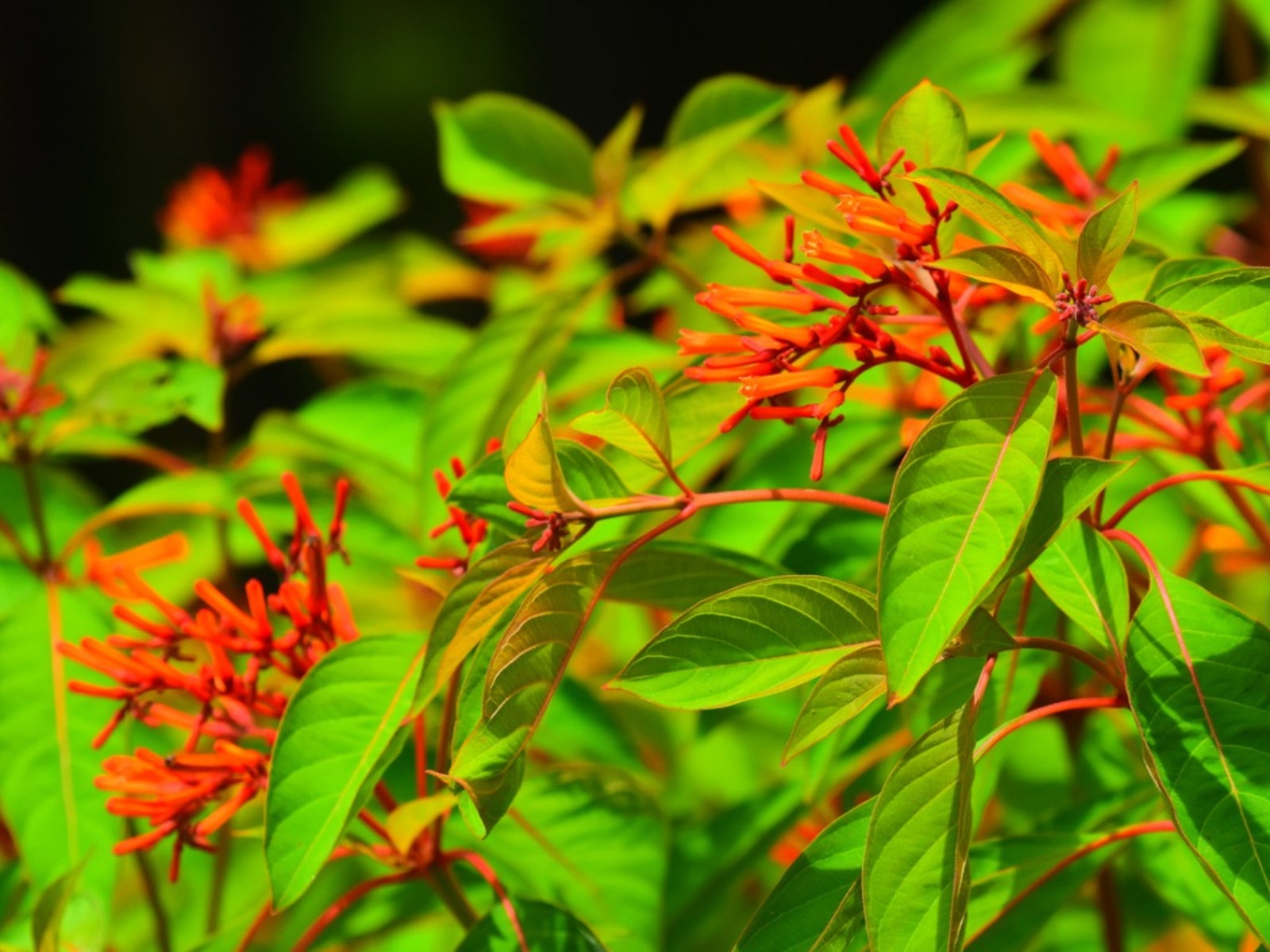 Firebush Leaf Drop: Reasons For No Leaves On A Firebush
Firebush Leaf Drop: Reasons For No Leaves On A FirebushFirebush is generally easy to grow if you live in the warm climates of USDA plant hardiness zone 9 through 11, but even this hardy shrub is sometimes beset by problems, including firebush leaf drop. Explore what may be to blame in this article.
By Mary H. Dyer
-
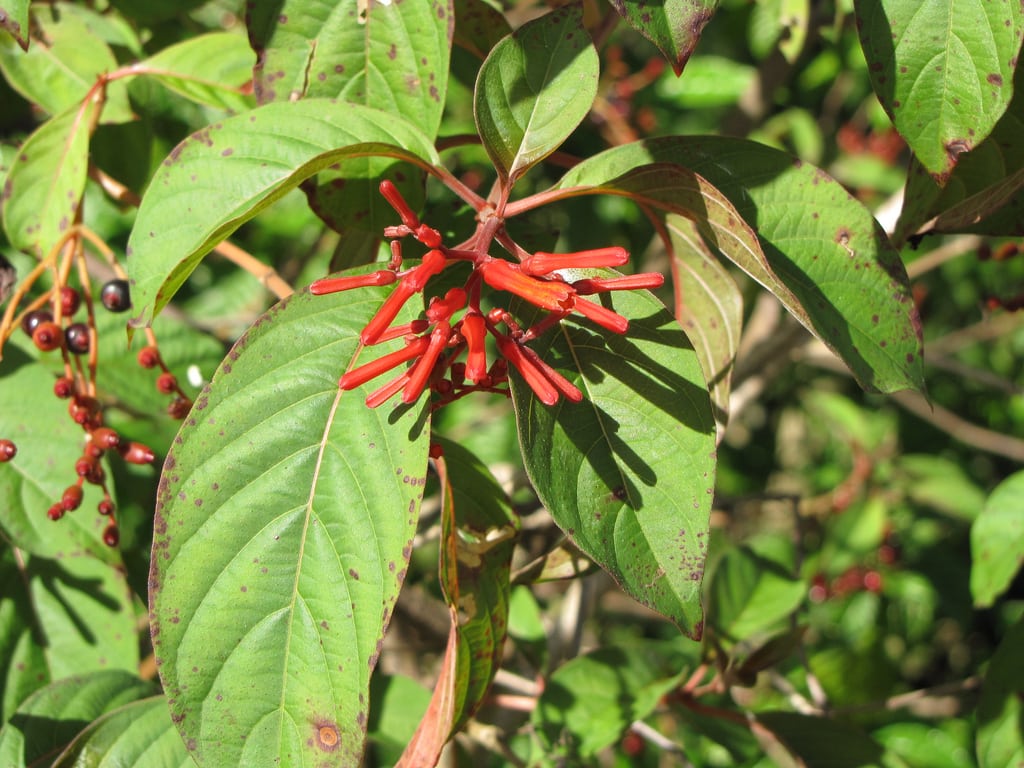 Firebush Watering Guide – Tips For Watering A Firebush Shrub
Firebush Watering Guide – Tips For Watering A Firebush ShrubFirebush is practically bullet-proof once established and tends to be relatively drought tolerant, but it does regular irrigation, especially during the early years. Click on the following article and we’ll discuss firebush water requirements.
By Mary H. Dyer